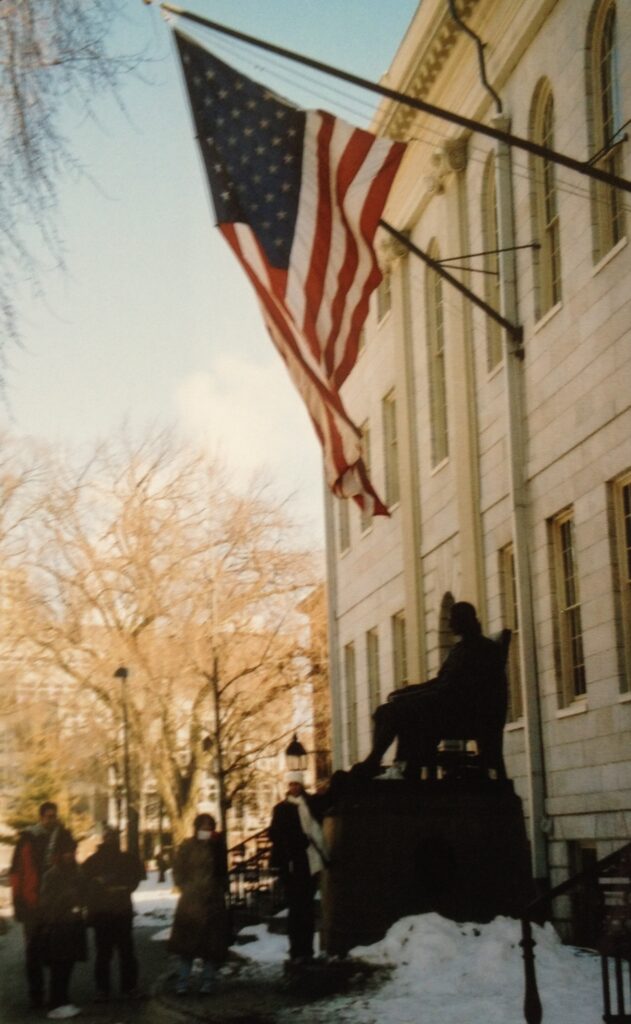College Admission Seems Inconsistent
 [/caption]
[/caption]
College admission seems inconsistent. We keep hearing stories from friends about students who get into one top school, but not others. How can a student get accepted at Harvard, rejected from Brown, and waitlisted at Yale?It happens all the time! Keep in mind college admission is subjective. When considering highly selective schools like Harvard, Brown, Yale, Stanford, Duke, Rice, Princeton, etc., admission is not based on a simple formula. These schools have the task of sorting through thousands of outstanding applications to admit a limited number of students. In the spring of 2012, Harvard admitted just under 6% of its applicants. So for every 100 applications submitted to Harvard, 94 were rejected. That doesn’t mean those 94 weren’t capable of successfully completing the work at Harvard. Harvard just didn’t have room to accept everyone. A couple years ago at the National Association of College Admissions Counselors national conference, I heard a panel discussion on admission to highly selective universities. The representative from Yale said they estimate 66% of their applicants are qualified to enter. These students have the grades, scores, essays, activities, recommendations, and determination to succeed at an Ivy League school. The challenge in the admissions office is to select a fraction of these qualified students for admission. How do they do it? Imagine you are the high school theater director and you need to select a full cast and crew for your spring musical production. You need to find male and female leads and supporting cast members, but you also need students for set design, lighting, and stage management. In other words, you need someone for every part. The lead actor from the fall play who isn’t right for this show may not be cast. College admission is like finding a cast and crew. Schools need students in theater, math, political science, creative writing, engineering, sports, dance, art history, painting, chemistry, and other areas. Universities need to balance their cast of students. They can’t select every dark haired tenor lead or they wouldn’t be able to fill all the roles necessary. So how can one student get in at Harvard and not at Brown? Maybe Harvard was looking for an extra person in anthropology and your summer archeological dig in New Mexico stood out. Maybe something in an essay, short answer, or letter of recommendation particularly spoke to that admissions officer. Maybe Brown had already accepted two other applicants from your school or area and they were looking to diversify. Unfortunately, in the world of highly selective admissions, sometimes the difference between acceptance, waitlist, and rejection is luck. When I worked as a school counselor I would see the top students in every class “take turns” at getting in to top schools. One would get into Harvard and some would be waitlisted. Another student would be admitted to Yale and the Harvard admit wouldn’t. Then a completely different student would be admitted to Princeton when the other Ivy admits were denied. This goes to show you that at the highly competitive universities (Ivy League and Ivy-Like) all serious applicants are such outstanding students that the difference between admission, wait list, and rejection can come down to such miniscule factors that it is difficult to predict.]]>